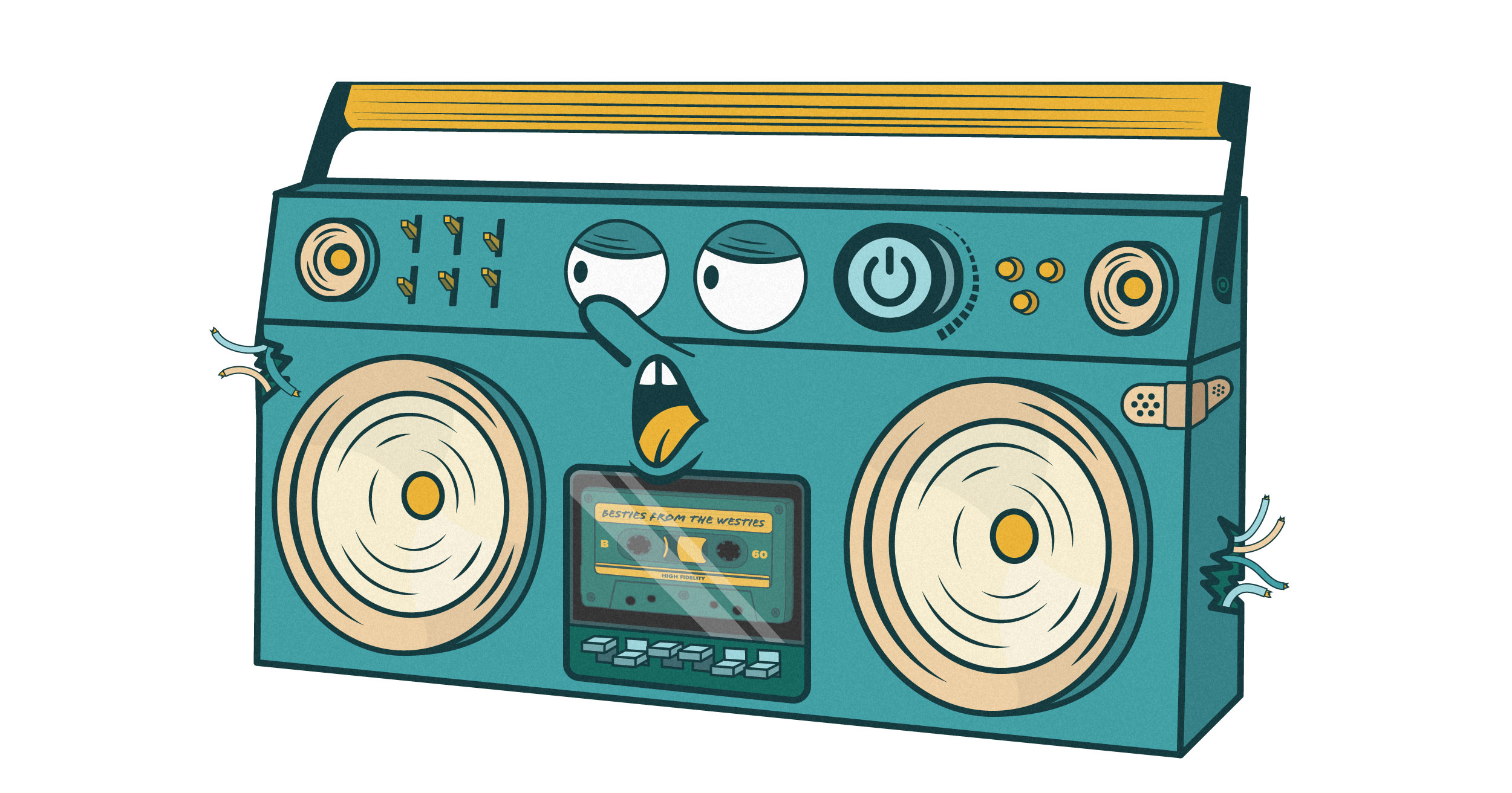2.16.23 | read time: 4.5 min
Music + Marketing: A Harmonious Duo
Aaron Ellis
Superbowl Sunday is like Christmas for us. As self-proclaimed marketing nerds, we look forward to it every year. It’s the best of the best: vision and creativity 365 days in the making. As millions of dollars are spent, we watch to see which ads move us and those which probably weren’t worth the big budget. When utilized properly, music can be the cherry atop the sundae of innovative marketing. A layer of emotion elevates a campaign from being good to being unforgettable. This year, three commercials in particular, integrated music to evoke sadness, humor, and nostalgia:
Forever, The Farmer’s Dog: With a bluesy backdrop set against quick flashes of milestones, we are immersed in human and animal bonds. With the voiceover to match the song lyrics, “I’m going to love you forever,” we instantly understand how this bond lasts a lifetime. The bittersweet song nods to the eventual loss of an unconditionally loving creature, and we are touched and transfixed.
Bud Light Hold Music: Anyone with the distinct pleasure of being on hold with an insurance company knows that ubiquitous jingle. We watch as a couple makes the best of a frustrating situation. Instead of getting upset about waiting to speak with a representative, they dance and laugh. The next time you’re on hold and hear that music, you’ll likely now think of that commercial and make a direct association with this brand.
Michelob Ultra New Member’s Day: Music can transport us back in time. A golf course appears, and with the first two lyrics of the song “I’m alright,” we are immediately taken back to the 1988 movie Caddyshack. It is no coincidence that this song is used to convey our sense of nostalgia.
Music is a powerful tool that, when used effectively, can elevate a marketing campaign, whether you have millions of dollars or not. Let’s explore the ways music is used most effectively in marketing.
Music Affects What You Buy
According to a study published in the Journal of Consumer Psychology in 2005, music affects consumer behavior by evoking emotions and creating a deeper emotional connection with a brand. This study concluded that consumers who heard music while shopping were likelier to purchase and remember the brand and the product than those who shopped amidst silence. These results suggest that music helps build a deeper brand relationship. Making a shopping experience memorable increases the likelihood that customers will return.
Music is Worth The Money for Marketing
Jingles are one of the most common ways music and marketing are connected. These earworms are specifically designed to get stuck in your head. Some companies use royalty-free stock music sites where anyone with a $10 membership can utilize the same song or sound. Though budget-friendly, this route is less likely to help a brand make a splash.
Taking the creative time and using a bigger budget to design audio for a commercial or radio spot is a significantly superior avenue for using music as a storytelling tool. When a brand stands out, it leads to higher sales, engagement, and brand loyalty. Think of the infamous McDonald’s slogan, “I’m lovin’ it,” and its jingle – apologies in advance, as it’s likely now stuck in your head.
Music is Moody
Music creates a specific mood or atmosphere, helping to set the tone for a branding campaign. There’s a strong relationship between music and emotional response. Upbeat music increases emotional arousal, usually via heart rate. It can also directly affect purchasing decisions:
“Music directly affects behavior at the point of purchase. Variations on in-store background music significantly influenced the pace of shopping behavior, the amount spent, and the amount of money spent beyond the consumers’ original expectations.”
Upbeat and energetic music can be used to promote a new product, while slower and more contemplative music can be used to promote a luxury brand (think about all of those dreamy black-and-white cologne commercials). Apple’s “Think Different” ad campaign featuring inventors and activists in the early 2000s used slow and contemplative music to connect these figures with the brand’s innovation and creativity and hit the nail on the head.
Music is Nostalgic
Music can target specific demographics or age groups. A campaign targeting younger consumers may use songs or artists that are popular among that demographic, while a campaign targeting an older demographic may use more classic or nostalgic songs. The theme song of the Netflix series “Stranger Things” is a masterful relaunch of 80s-style music, perfectly capturing the nostalgia and atmosphere of the decade. The synth-heavy score, composed by Kyle Dixon and Michael Stein, perfectly captures the era, creating a sense of nostalgia even if that era isn’t nostalgic for you (looking at you, Gen Z).
Get Inspired With Your Marketing
Music evokes emotion, creating a connection with a brand, thus making it a powerful marketing tool. Marketers can create engaging, effective campaigns that resonate with consumers by understanding how to implement music effectively. Music makes a memorable impact through jingles and slogans, creating a particular atmosphere, or targeting specific demographics.
Whether it’s a hold music earworm or cinematic nostalgia, pairing the right music with the right visuals and message is an art form in its own right. Check out the killer Spotify playlists curated by our team if you need some inspiration.
We can help design audio for your next marketing campaign. Get in touch with us.

